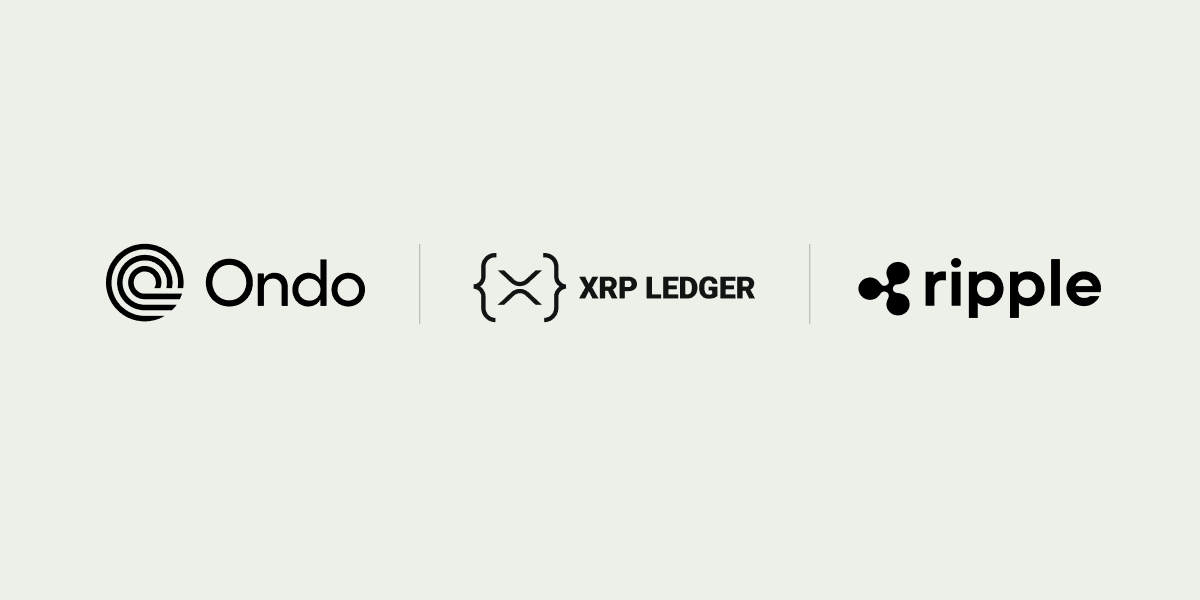It’s been a year since Ripple launched its Central Bank Digital Currency solutions and private ledger for CBDCs. In that short time, Ripple has become a leading player in helping to facilitate international digital currency development. The benefits of digital currencies like CBDCs and stablecoins include faster transaction speed, lower costs and reduced settlement times. With Ripple’s solutions, those benefits are expanded to include lowered energy use compared to that of traditional payment methods or some cryptocurrencies.
Another important advantage of digital currency is the ability to offer the world’s “unbanked” access to financial services without high fees or established credit. According to an International Monetary Fund (IMF) working group paper titled “Central Bank Digital Currency and Financial Inclusion, “CBDCs in developing countries (unlike in advanced countries) have the potential to bank large unbanked populations and boost financial inclusion which can increase overall lending and reduce bank disintermediation risks.”
Ripple is currently talking with more than 20 countries on CBDC plans. Based on this work, Ripple has enhanced its CBDC platform to meet the needs of central banks, financial institutions, governments and commercial banks to customize their currency plans and prototypes using the new CBDC Platform.
The Republic of Palau has been working with Ripple to tailor a digital currency to the needs of their citizens. “Partnering with Ripple to help create our national digital currency is part of our commitment to lead in financial innovation and technologies, which will provide the citizens of Palau with greater financial access,” said Surangel Whipps Jr, President of the Republic of Palau.
The Central Bank of Montenegro recently chose to work with Ripple on developing a CBDC for Montenegro. Radoje Žugić, Governor of the Central Bank of Montenegro noted, “As a central bank committed to following modern national banking trends, the Central Bank of Montenegro is actively ensuring it maintains an efficient financial system. We look forward to collaborating with Ripple on the CBDC or stablecoin pilot programme. Through the programme, the Central Bank of Montenegro will work with the Government of Montenegro and Montenegro’s academic community to create a practical digital currency or secure currency solution to test the main functionality and potential of blockchain technology. Further, we will analyze the advantages and risks that CBDCs or national stablecoins could pose with respect to the availability of electronic means of payment, security, efficiency, compliance with regulations, and most importantly the protection of end users’ rights and privacy.”
Driving Innovation: Adapting Digital Currency Based on National Needs
A key differentiator of the Ripple solution is the ability for central banks and governments to adapt their currency plans through each stage of the digital currency production life cycle. Adapting CBDC plans to align with the goals of a specific country requires this type of flexible solution.
Ripple’s highly secure CBDC Platform offers users the ability to customize the stages of digital currency production based on relationships, transactions and distribution channels.
The individual CBDC Platform components include:
Issuer: Enabling issuers (e.g., central banks, monetary authorities or commercial banks) to manage the full lifecycle of their fiat based digital currency—from minting and distribution all the way to redemption and destruction—in a highly secure manner, taking advantage of the XRP Ledger’s built-in multi-signing capabilities.
Operator: This allows participants (commercial banks or non-bank financial institutions) who are holding significant amounts of the digital currency to manage and participate in inter-institutional settlement and distribution functions. The Operator allows participants (like commercial banks) to manage their digital currency holdings.
End User Wallets: Corporates and retail users who hold and use digital currencies will utilize wallets to manage their money, send and receive and pay for goods and services using their wallet.
Ledger: CBDCs use the Ledger component to record and provide settlement functionality. This Ledger enables the innovation of money through programmability and robust controls that central banks and monetary authorities require.
Ripple’s acknowledged expertise in digital currency includes advisory services and partnerships to help each Central Bank or government deliver solutions designed for their unique financial ecosystem. In fact, Ripple was recently ranked number one in Juniper Research’s competitor leaderboard for CBDCs and stablecoins, solidifying the company’s foothold as a leader in the space.
Learn more about the CBDC Platform or contact the team today to get started.







